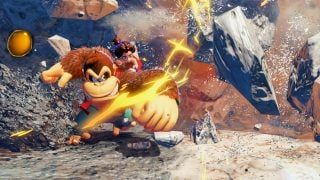17 years ago today, Level-5 released Professor Layton and the Curious Village on the Nintendo DS in Japan. While North American players wouldn’t get to wrack their minds with Layton’s puzzles for another year, the game quickly became a hit overseas. When the time did come for Layton to cross the pond, Nintendo likely wasn’t surprised by the title’s success. Who can say no to simple puzzles mixed with an in-depth story?
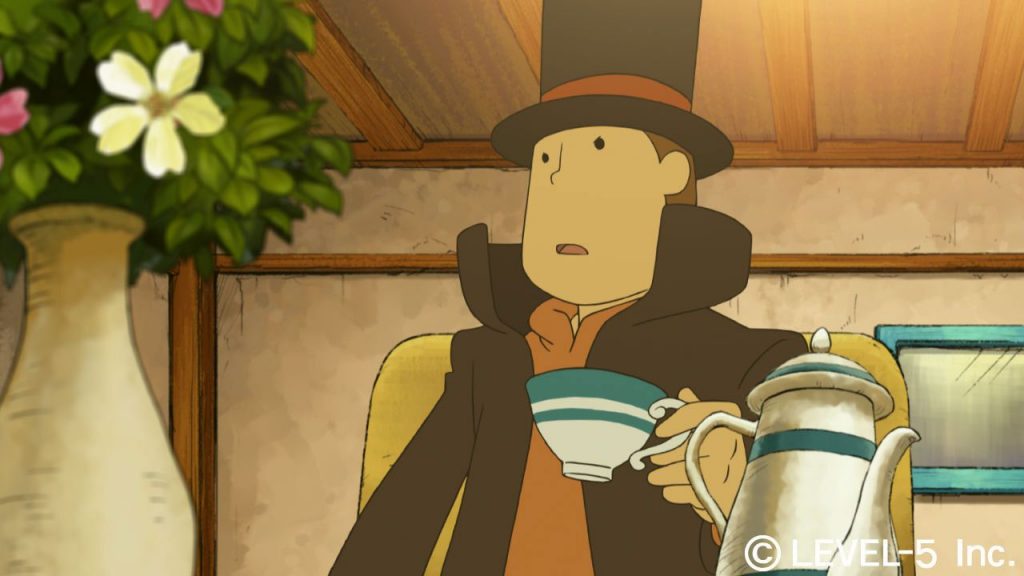
Being a gigantic fan of the Nintendo DS, I had stayed on top of most releases that came to the handheld. While next-gen consoles were all the rage in 2008, I was off in college and didn’t have much money to spend (as in, I had $0). I certainly did my fair share of gaming on the Xbox 360, but the DS was my go-to device. I loved the Ace Attorney series but wished it had more puzzles or mysteries to solve. Professor Layton looked to fill that void, but even I wasn’t ready for just how impressive the game would be.
While it seems quaint now, the most striking thing to me about Curious Village was its FMVs. I don’t recall many DS games that used cutscenes of any kind, but Layton had an animated style reminiscent of Studio Ghibli films. The developers at Level-5 also put care into each cinematic, creating an intriguing mystery that ran through the entire game. While puzzles were always the main draw, the story of Professor Layton was never treated as an afterthought.
I might not remember all of the specifics, but the plot in Curious Village tugged at my heartstrings. Upon completing the game, I felt like I had been taken on an epic journey. It was surprising how the same developers behind Dark Cloud on the PS2 managed to create such a strikingly different style of game, but I really shouldn’t be shocked. RPGs are known for in-depth stories and characters and Layton stands head and shoulders above most video games.
Suffice it to say that after Curious Village, I was hooked. I was craving more of the puzzle antics that Layton provided. There really wasn’t anything else like this at the time, aside from Ace Attorney. I didn’t know it at the time, but Layton creator Akihiro Hino drew inspiration specifically from Phoenix Wright, creating an ideal version of Capcom’s character. Maybe that makes Layton slightly unrelatable, but the next two games in the series would change that.
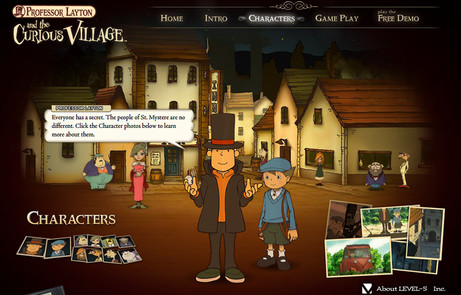
Professor Layton Strikes Again.. and Again
For as captivating as Curious Village was from a narrative standpoint, I was not prepared for Professor Layton and the Diabolical Box (known as Pandora’s Box in Japan). Mixing the same creative and engaging puzzles with an even more personal story, it became clear to me that Level-5 wasn’t just making some goofy series inspired by anime. These games had been elevated to a grandiose status where the plot was just as important, if not more so, than the puzzles surrounding it.
That would follow suit with the third title, Professor Layton and the Unwound Future. What is arguably the pinnacle of this series, Unwound Future delves into not only Layton’s future but his past. We learn more about why he became a professor, why his apprentice, Luke, looked up to him so feverishly, and we even get to see Layton reconcile with his past mistakes. I’ll never forget how much I cried at the ending where Layton needs to give a final goodbye to his long-lost love as it just felt so emotional. The journey through this third game went beyond any expectations I had, elevating not only the narrative elements but also its puzzle bits.
The first two games have puzzles that are mostly disconnected from the story being told. The series was created as a way for Akihiro Hino to express his love for Professor Akira Tago’s Head Gymnastics books. Tago would contribute puzzles throughout the series, but it wasn’t until the third title that those puzzles stopped being diversions. One particularly incredible sequence sees Layton, Luke, and future Luke being attacked in a casino by armed guards. Layton disassembles a slot machine and reconstructs it into a Gatling gun. You perform this as a puzzle.
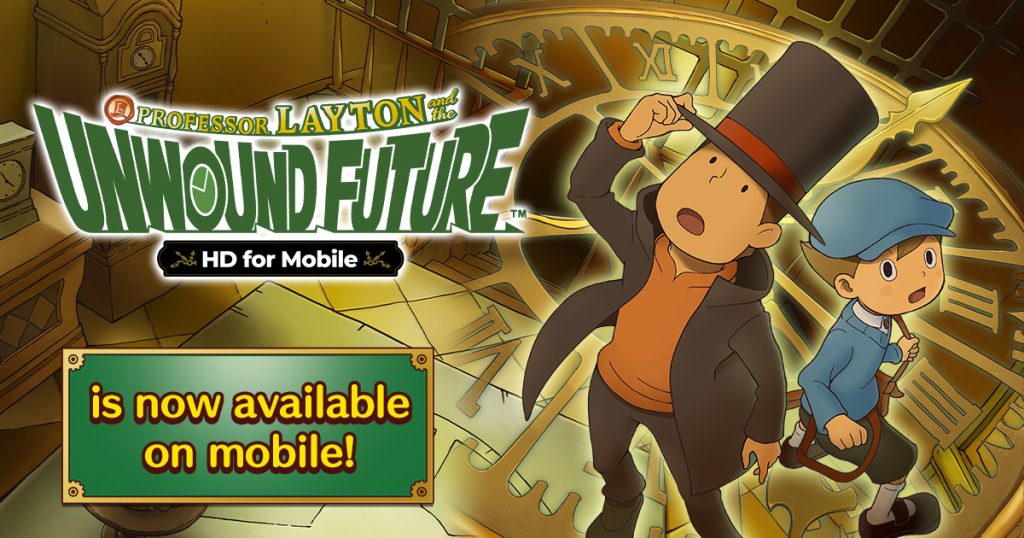
Stuff like that makes its way into the prequel trilogy, which started life after Unwound Future. With Layton never meant to be more than a trilogy, fan reception gave Hino the desire to create what he deemed a “second season” of the character. Thus the clock was turned back and we got Professor Layton and the Last Specter. Would it surprise you to learn that this game has a tremendously emotional story, too?
While Japanese gamers would receive this fourth title in 2009, the game didn’t make it overseas until 2011. By that time, many were moving onto the 3DS and didn’t take notice of this entry. I, personally, had overlooked it for a bit until news of the fifth game getting localized was announced. I was surprised I had missed out on a Layton installment, especially with how good they were. Last Spector is certainly a worthy title in the series, but it can feel a little bit held back by the limitations of the DS. There isn’t much here that hasn’t already been done.
So thankfully, Professor Layton and the Unwound Future on the 3DS is an absolute classic. When I think back on the series, the two games that spring to mind are Unwound Future and Miracle Mask. One for its engrossing story and emotional ending, the other for its breathtaking presentation and creative puzzles. Miracle Mask makes full use of what the 3DS is capable of and provides not only fancy cutscenes but some truly stunning visuals and music. The background music to the first area is seared into my memory.
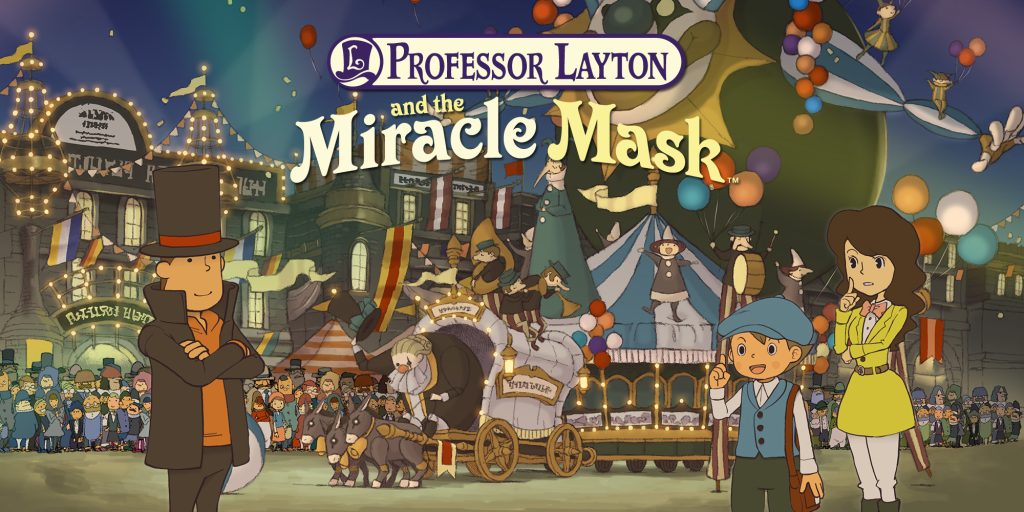
Sadly, the final game of this prequel trilogy, Professor Layton and the Azran Legacy, couldn’t keep up the momentum. Either because Hino didn’t know where else to go or because pretty much every idea possible had already been used, the “final” game in the series ends on a whimper. We get an explanation for Layton’s name, a look at the upbringing he had, and even some grandiose story about a mythological empire, but the game never feels like it really gets going. The puzzles have been dragged too far away from the story and the more open-ended structure means the plot doesn’t feel like it has clear momentum.
Even so, it’s hard to be disappointed with the series given its ludicrously high track record. Five of the games are masterpieces, in my eyes, so I’ll take one okayish one. It doesn’t hurt that all of that inspiration drawn from Ace Attorney would result in Professor Layton vs. Phoenix Wright: Ace Attorney. Released in 2012 in Japan and 2014 in the US, the game would bring back Ace Attorney creator Shu Takumi and mesh the courtroom antics of Ace with the puzzle aspects of Layton. If you’re a fan of both franchises, it’s an absolute must-play and a truly incredible game (though weirdly, it doesn’t utilize any of the supporting characters from each series).
Where Professor Layton Stands Now
Where sadness strikes is with the current status of the series. While fans hold the two trilogies close to their hearts, Level-5 has tried numerous times to soft reboot the entire thing. The first came with a mobile spin-off dubbed Layton Brothers: Mystery Room. The next was a 3DS/Switch game titled Layton’s Mystery Journey, which focused on the daughter of Professor Layton. While I appreciate Level-5 not rehashing the same stuff, neither game captures the same combination of mind-benders and dramatic storytelling that the first six games did.
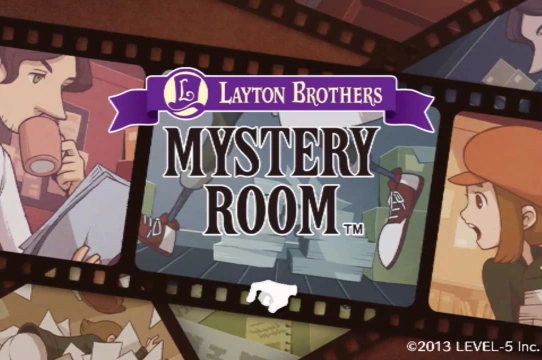
Thankfully, that isn’t to be the end of Layton. While we haven’t seen a new installment since the 2019 port of Layton’s Mystery Journey on Switch, Level-5 announced in last February’s Nintendo Direct that Professor Layton and the New World of Steam would be hitting the Switch in 2025. A direct sequel to Unwound Future, this will push the story forward while giving fans the first true HD Layton game -excluding those mobile re-releases-. It’s a cause for celebration, especially since Layton really should be a Nintendo icon at this point.
Really, I don’t understand why Layton hasn’t become a household name. Fans understand the appeal of an English gentleman who solves everyone’s problems while pouring his heart out, but mass audiences don’t seem to know or care. Maybe the nature of the series being mostly on handhelds has limited its reach. That could change with the new game, which might even end up being a Switch 2 title at this point.
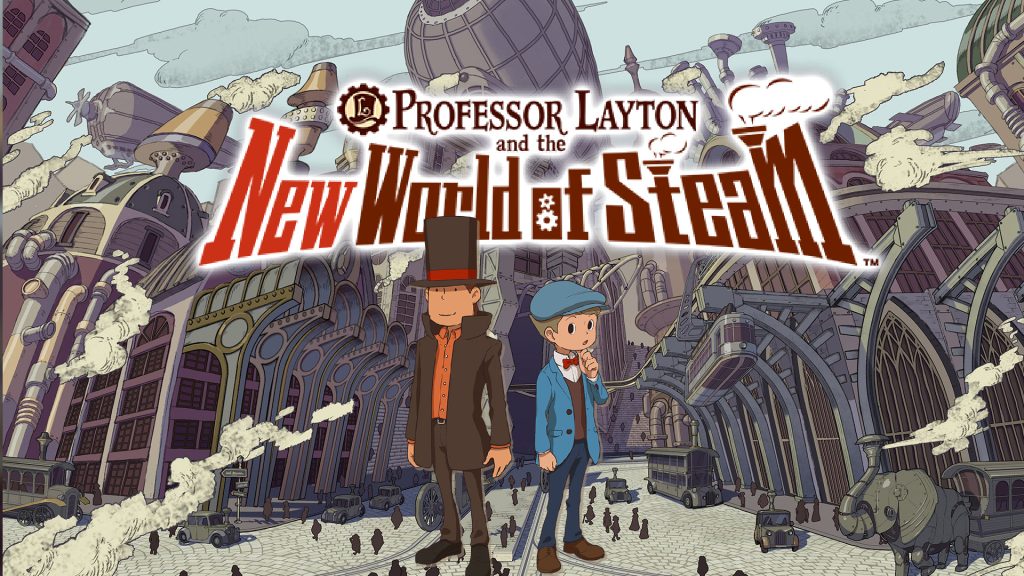
At any rate, I’ve been a big fan of Layton since it first came to the US. I really cannot wait for the next game and hope that Nintendo winds up securing the rights to this franchise. It’s easily one of the best things to come out of the Nintendo DS boom and is something that everyone should try at least once in their lives. Here’s to another 17 years, Professor!
Leave a Comment